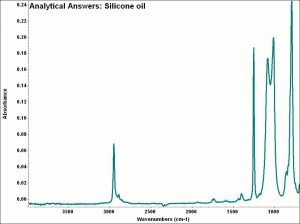Silicone cure systems
Description
Any of a large group of semi-inorganic polymers based on siloxanes. Silicones were first discovered by F.S. Kipping in England in 1904, but were not commercially produced as polymers until 1943 by Dow Corning and 1946 by General Electric. They were called silicones because their empirical formula (R2SiO) is similar to that for ketones (R2CO) (Lewis, 1993). Silicones can be liquids, gels, and elastomers as well as solid thermoplastic or thermosetting resins. In general, they have excellent heat and chemical resistance and are water repellent. Silicones are used as adhesives, lubricants, protective coatings, release agents, paints, rubbers, coolants, implants, and insulation.
See also
- Oxime silicone (neutral cure silicone)
- Alkoxy silicone (neutral cure silicone)
- Acetoxysilane (acid cure silicone)
- Amine silicone (base cure silicone)
Synonyms and Related Terms
polysiloxane; silicona (Esp.); silicone (Fr.); silicone (It.); silicone (Port.); organosiloxane; silicones
Examples: Silastic [Dow];
Risks
- Silicone Solutions: SDS for clear gel
Resources and Citations
- Richard S. Lewis, Hawley's Condensed Chemical Dictionary, Van Nostrand Reinhold, New York, 10th ed., 1993
- Random House, Webster's Encyclopedic Unabridged Dictionary of the English Language, Grammercy Book, New York, 1997
- The American Heritage Dictionary or Encarta, via Microsoft Bookshelf 98, Microsoft Corp., 1998
- M.Kaufman, The First Century of Plastics, The Plastics and Rubber Institute, London, 1963
- History of Plastics: www.nswpmith.com.au/historyofplastics.html - discovered by F.S. Kipping in 1904
- Art and Architecture Thesaurus Online, http://www.getty.edu/research/tools/vocabulary/aat/, J. Paul Getty Trust, Los Angeles, 2000
